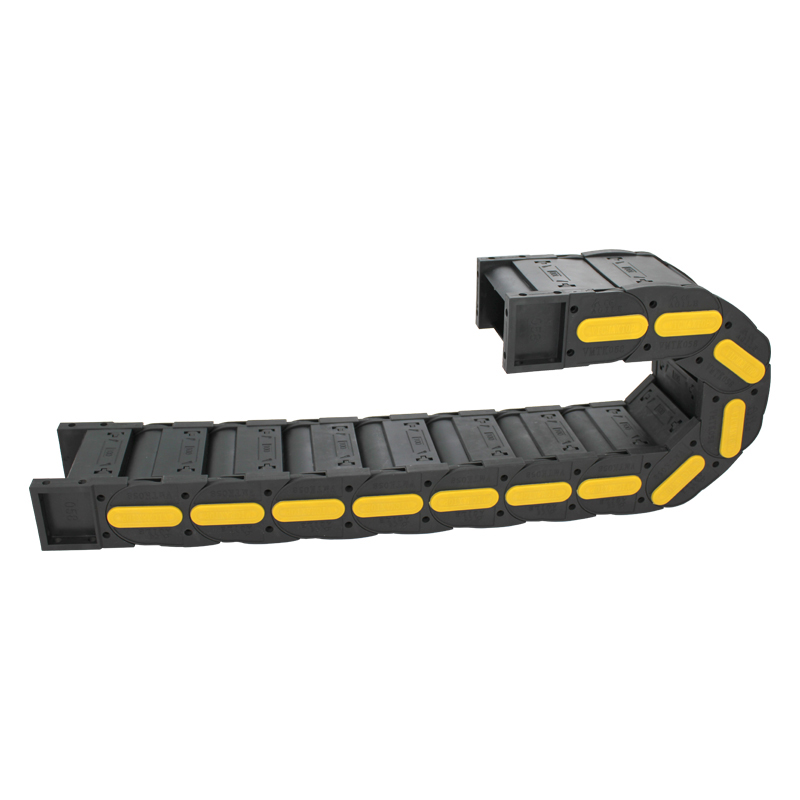Exploring the Benefits and Applications of Wire Drag Chains in Modern Industries
The Essential Guide to Wire Drag Chains in Modern Applications
Wire drag chains, also known as cable carriers, are vital components in various industries, facilitating the efficient and organized management of cables and hoses in moving machinery. These chains provide a safe and efficient means of routing wires and cables, greatly enhancing the functionality of automated systems in sectors such as manufacturing, robotics, and construction.
What are Wire Drag Chains?
At its core, a wire drag chain is a flexible conduit designed to house and protect cables and hoses as they move with machines. Often made from durable materials such as plastic or metal, these chains consist of interconnected links that can flex and bend, allowing them to adapt to the motion of machinery. Wire drag chains are particularly beneficial in applications where there’s linear or rotary motion, such as in CNC machines, 3D printers, and automated assembly lines.
Key Benefits
1. Organization One of the primary advantages of wire drag chains is their ability to keep cables organized. Instead of having loose cables that can become tangled or damaged, drag chains keep everything tidy and within a predictable path. This organization translates into improved maintenance and quicker troubleshooting.
2. Protection Wire drag chains provide excellent protection against wear, tear, and external forces. They shield cables from abrasion, chemical exposure, and environmental factors such as dust and moisture, which can shorten the lifespan of the cables.
3. Flexibility and Mobility Designed to handle various movement dynamics, wire drag chains allow for both vertical and horizontal motion. This flexibility makes them ideal for applications where space is limited, and movement is required in multiple dimensions.
wire drag chain

4. Reduced Downtime By minimizing cable damage and enhancing organization, wire drag chains contribute to reduced machine downtime. When cables are protected and managed well, maintenance can be performed more efficiently, ensuring that machines remain operational for longer periods.
Applications
Wire drag chains are used in an array of applications across different sectors. In the automotive industry, they can be found in robotic arms performing assembly tasks. In the entertainment industry, drag chains support lighting and rigging systems, allowing for seamless movement while maintaining cable integrity. Additionally, in construction, they are crucial for heavy machinery that requires the continuous movement of hydraulic hoses and electrical cables.
Choosing the Right Drag Chain
When selecting a wire drag chain, several factors must be considered, such as the environment in which it will be used, the type of cables being housed, and the motion dynamics of the application. The size of the drag chain should accommodate the diameter and flexibility of the cables, while its material should be chosen based on the specific environmental factors it will face, such as temperature fluctuations and exposure to chemicals.
Conclusion
Wire drag chains play an indispensable role in modern industrial applications, providing a robust solution for managing cables and hoses effectively. Their advantages in organization, protection, and flexibility make them a go-to choice for engineers and designers looking to enhance the efficiency and reliability of machinery. As technology continues to evolve, the role of drag chains will likely expand, paving the way for innovations that further streamline operations across various industries.








